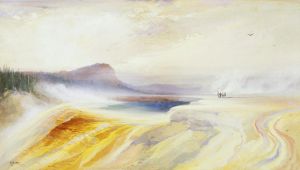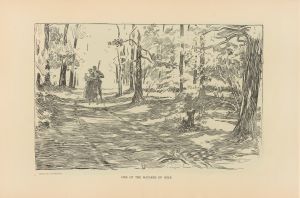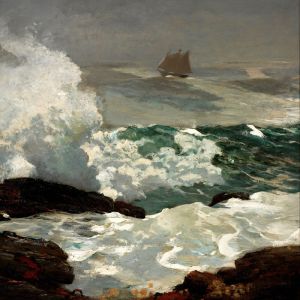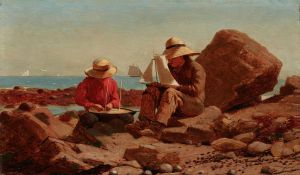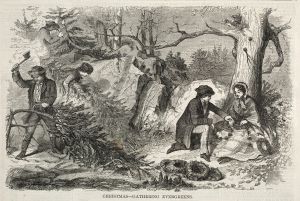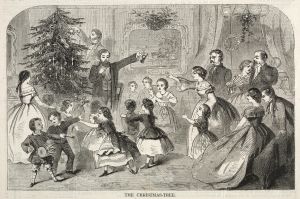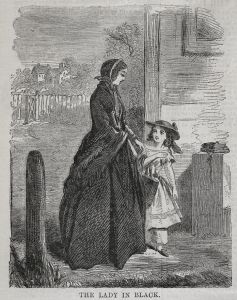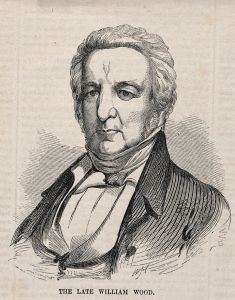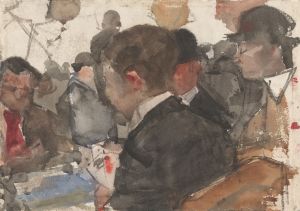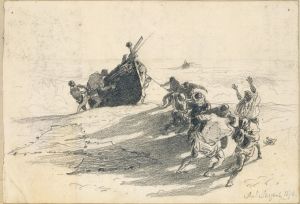
Two Guides
A hand-painted replica of Winslow Homer’s masterpiece Two Guides, meticulously crafted by professional artists to capture the true essence of the original. Each piece is created with museum-quality canvas and rare mineral pigments, carefully painted by experienced artists with delicate brushstrokes and rich, layered colors to perfectly recreate the texture of the original artwork. Unlike machine-printed reproductions, this hand-painted version brings the painting to life, infused with the artist’s emotions and skill in every stroke. Whether for personal collection or home decoration, it instantly elevates the artistic atmosphere of any space.
"Two Guides" is a painting by the renowned American artist Winslow Homer, completed in 1877. Homer is celebrated for his contributions to American art, particularly his realistic and vivid depictions of American life and landscapes. This painting is a testament to his skill in capturing the essence of the American wilderness and the people who inhabited it.
The painting portrays two men, presumably guides, set against a backdrop of a rugged and untamed landscape. This work is part of Homer's series of paintings that focus on outdoor life and the human connection to nature, a theme that he explored extensively throughout his career. The guides are depicted in a natural setting, possibly in the Adirondack Mountains, a region that Homer visited frequently and which served as inspiration for many of his works.
Homer's attention to detail and his ability to convey the mood and atmosphere of the scene are evident in "Two Guides." The painting showcases his mastery of light and shadow, as well as his skill in rendering the textures of the natural environment. The figures are dressed in attire appropriate for outdoor activities, suggesting their role as experienced woodsmen or hunters. Their poses and expressions convey a sense of alertness and readiness, characteristic of individuals accustomed to navigating the wilderness.
The composition of "Two Guides" reflects Homer's interest in the relationship between humans and nature. The figures are integrated into the landscape, emphasizing their connection to the environment. This theme is consistent with the broader context of Homer's work during this period, which often depicted scenes of rural and wilderness life, highlighting the simplicity and challenges of living in harmony with nature.
Winslow Homer was known for his ability to capture the American spirit through his art. His works often reflect the cultural and social dynamics of the time, and "Two Guides" is no exception. The painting can be seen as a representation of the American frontier spirit, embodying themes of exploration, self-reliance, and the rugged individualism that characterized the post-Civil War era in the United States.
Throughout his career, Homer was influenced by his surroundings and his experiences. His time spent in the Adirondacks and other natural settings informed his artistic vision and contributed to the authenticity of his depictions. "Two Guides" is a prime example of how Homer translated his observations into art, creating works that resonate with viewers through their realism and emotional depth.
Today, Winslow Homer is regarded as one of the foremost American painters of the 19th century. His works are celebrated for their technical excellence and their ability to capture the essence of American life and landscapes. "Two Guides" remains an important piece within his oeuvre, illustrating his enduring fascination with the natural world and the people who inhabit it. The painting continues to be appreciated for its artistic merit and its contribution to the narrative of American art history.





